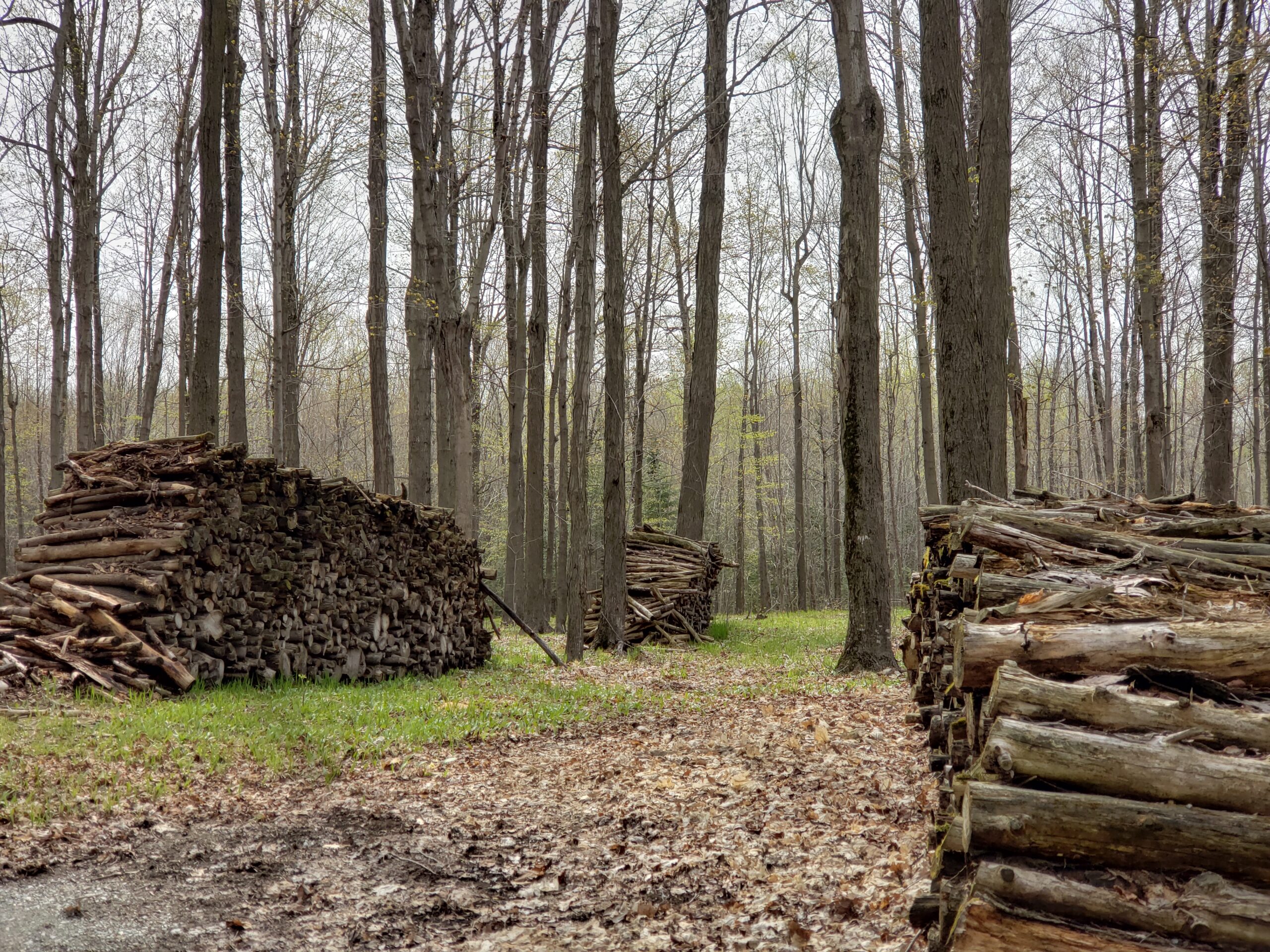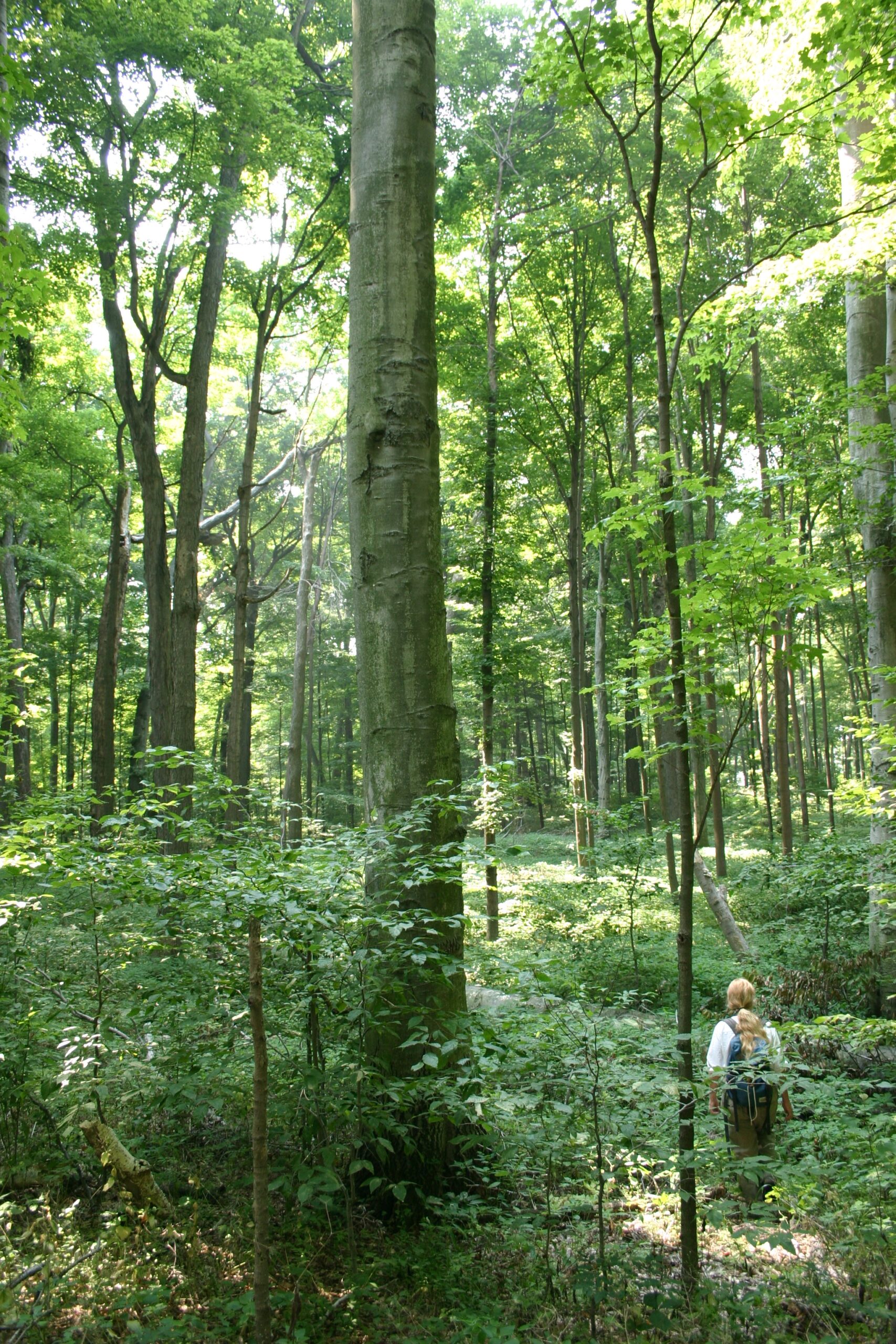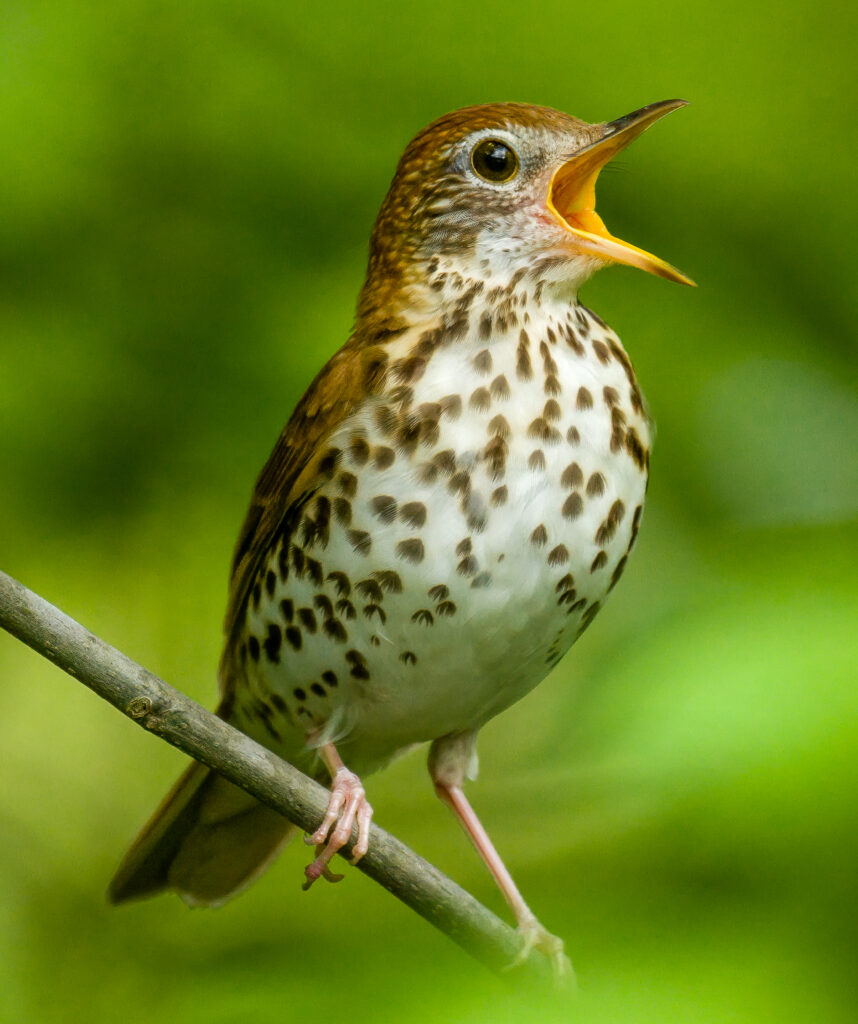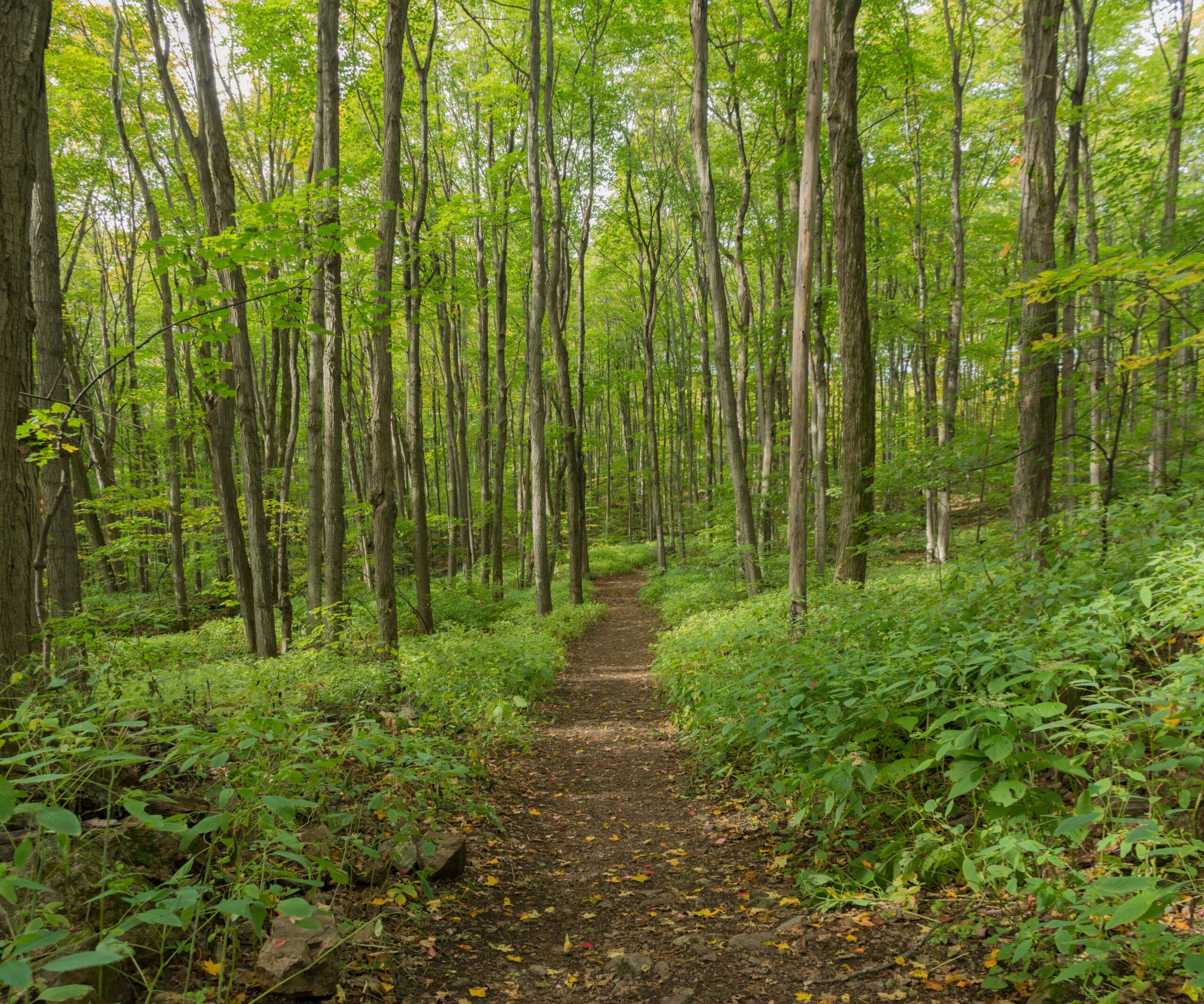How maple syrup can help fight climate change and biodiversity loss (yes, really)
For as long as I can remember, I’ve always loved walking through maple forests — whether they’re operated as maple syrup-producing sugarbushes or not — in search of interesting birds and plants. At sunrise in June, you can hear yellow-bellied sapsuckers rhythmically pecking away, red-eyed vireos migrating from the Caribbean to nest and breed in Quebec, and warblers and thrushes all tweeting at once, creating a veritable birdsong symphony.
A few years ago, during a springtime morning stroll through a sugarbush, I noticed how quiet my surroundings were. The forest was silent despite it being June, the month when songbirds are normally most vocal.

This sudden realization opened my eyes and led me to take a closer look at the maple forest ecosystem.
In southern Quebec, where I live, forests ecosystems are mostly either maple with yellow birch, maple with bitternut hickory, or maple with basswood. That’s a lot of maple ecosystems, which may explain why maple trees and maple products are such an important part of our culture. In these forests, sugar and red maple are the dominant species from which we produce our beloved maple syrup.
But that’s not their only role — these trees also support 17 animal species classified as threatened or vulnerable in Quebec, including the wood thrush, tri-colored bat and spring salamander.
Diversity is our forest’s strength

As I took a closer look at the maple forest around me, I noticed that the structure of the forest was very simple — too simple. Normally, a maple forest, like any type of forest, should be made up of multiple plant “layers.” These layers of varying heights are composed of forest floor, understory with herbaceous plants, small and large shrubs, and finally canopy trees forming the top layer.
However, what I saw was rather homogeneous, uniform and very sparse.
When I got home, I scoured the scientific literature and confirmed what I thought: many researchers believe that most of our sugarbushes are actually monocultures — where 95 per cent of the forest is the same species, sugar or red maple in this case. Decades of transforming diverse maple forests to maximize short-term maple syrup production has degraded these ecosystems: removing non-maple tree species and the understory layer made these forests less diverse than a natural complex forest ecosystem.
Not only they can no longer offer a habitat capable of supporting a large diversity of species, but they’re more vulnerable to climate-related weather impacts — less snow, dried-out soil, erratic temperature fluctuations, tree-damaging superstorms and increased invasive species, like the spongy moth.
Here’s why: forests with a monoculture structure allow the wind and sun to penetrate them too easily, which dries them out. Maple forests in their natural states have moist conditions that support an abundance of invertebrates that then form the basis of the food chain. So this loss of moisture has both ecological and economic consequences.

First, dry soil is less hospitable to invertebrates that are essential to the diet of many birds — including the ovenbird that relies on forest soil as its primary food source — and can therefore lead to a decline in the abundance of nesting birds. In addition, dry conditions could facilitate the establishment of certain invasive plants such as the glossy buckthorn in the forest floor.
Secondly, it also disrupts tree functions such as water management, growth and development, making it more difficult for trees to produce the sap we need to make maple syrup and other maple products. More moisture means more sap, which means… you guessed it: more maple syrup!
Making these climate matters worse, monoculture forests also sequester less carbon.
This traditional monoculture approach to forest management affects more than 50 per cent of Quebec’s 300,000 hectares of sugarbushes, and maple forests in southern Ontario and New Brunswick face similar threats.
This loss of ecosystem is worrisome both for biodiversity and for the communities that depend on the maple syrup industry. In fact, it’s estimated that maple syrup production will no longer be profitable in Quebec’s southern regions by 2040, and that it may not be possible at all by 2060.
What WWF-Canada is doing to help
To help restore them back to a healthier state, WWF-Canada’s Maple Initiative is bringing together key industry players: sugar bush owners, maple producers, forest engineers, academic experts and environmental NGOs.
More specifically, we are setting up a how-to restoration program for landowners that includes maple forest health assessment training and management guidance, such as suggested non-maple native species to plant depending on the region.
To date, we have completed a number of sugar bush health assessments, training sessions, and consultations with stakeholders throughout Quebec to develop a comprehensive approach.
Together, we can make maple forests healthier and more diverse, for all the species that depend on them, and yes, for more maple syrup.

Steve Hamel is WWF-Canada’s Senior Specialist, Biodiversity Restoration

